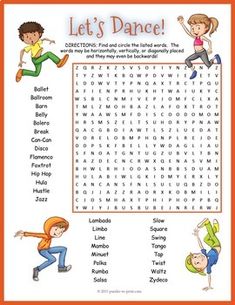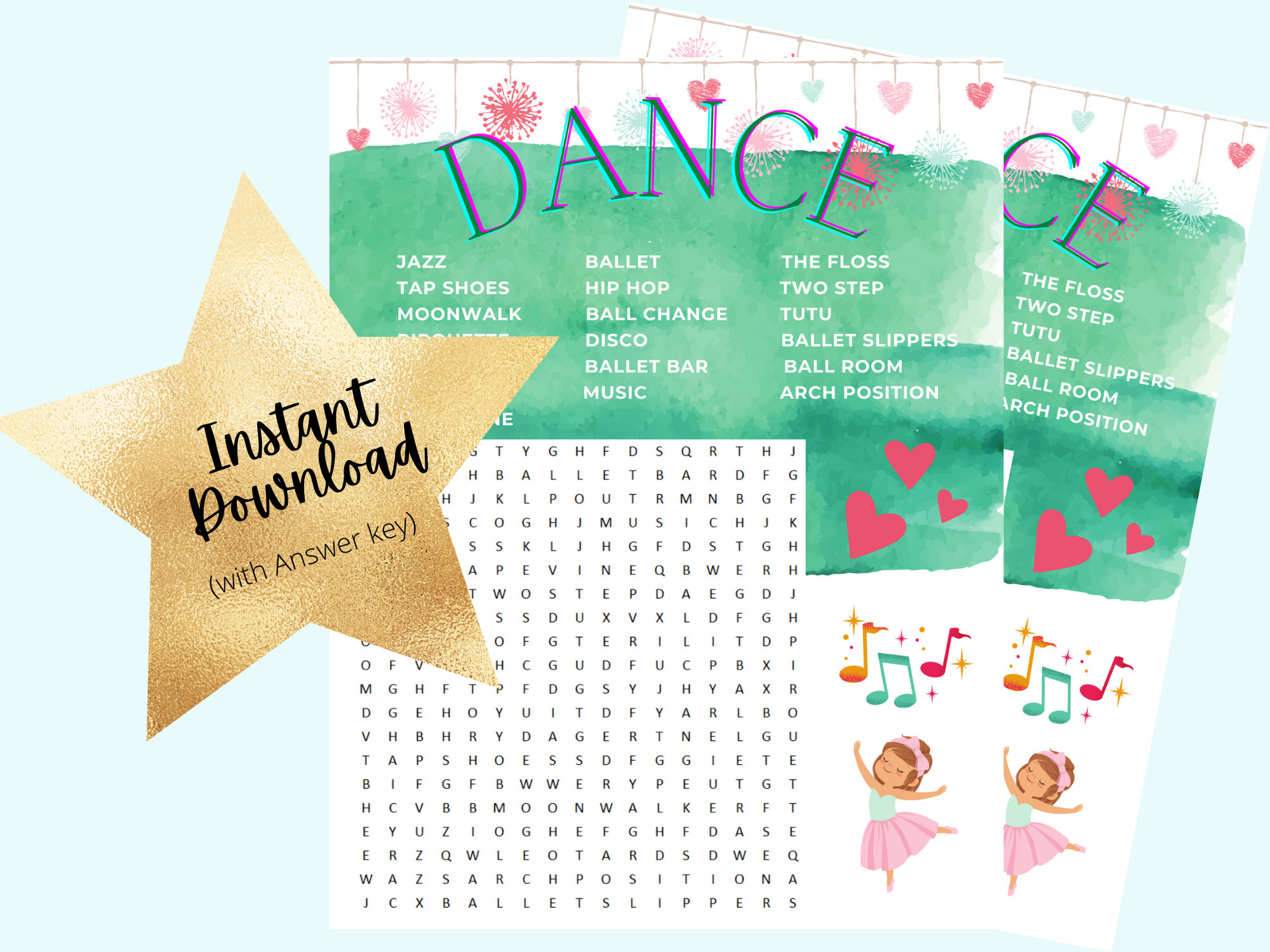
#Wordify answers for dance professional
Show a piece of choreography by a professional company.

Here are a few ideas for dance games and activities for a range of age groups. If they haven’t got access to cameras they can find images online and create a PowerPoint with a few titles or descriptions of their ideas. After viewing the dance, the students take photos that reflect the main ideas, moods or emotions of the dance piece. Another opportunity to talk about the Elements of dance.Ĭreating a Photo gallery can also link the choreography to the ideas or stimulus presented in the dance.

You will find many different ideas in this type of activity! Ensure they can say why they think this showed a change in the choreography. As the students watch the work they write on a sticky note when the key moments of the choreography occurred.Ĭreate a timeline on the wall that charts the piece of choreography. It gives the teacher an opportunity to aid in exploring topics like the effect of a particular Element of Dance in creating meaning.Ī sticky note activity can also help when it comes to remembering what happens next. Here they form arguments to support their interpretations of abstract ideas.Ī teacher led discussion is always a good place to explore the ‘wisdom of the crowd’. They could write about it as an example of persuasive writing. The best time to do it is immediately after viewing the work and can form the beginning of a more detailed discussion. They could include quotes, pictures, comments, connections between ideas or sketches. In this learning activity the students, as a group, write and sketch their thoughts about the dance. This may come in the form of a worksheet but may be part of a group activity such as making a Graffiti Board. Using illustrations as a part of how they answer a question can be an opportunity for students to form their ideas. Each may use a different method of communication or can be a part of a dance activity or game. There are many ways that the children can respond to these questions.

There are many ways to get our students talking about dance. Responding activities in dance are an important stepping stone for children developing creative writing, reading and general writing skills.

The use of responding activities in dance support literacy and encourage student confidence in interpreting different ways of communicating. Encourage more actively engaged talking and writing about danceĪnd if you think this sounds familiar its because they are the basics for why we encourage reader response strategies.Clarify their understanding of how movement creates meaning.Articulate and extend their ideas and understandings about dance.Encourage children to explore and express their feelings.What we need to ensure is that the questions we ask will: More important than being right or wrong, is the confidence we develop in our students to deal with the abstract and to address problems that may have multiple solutions. Many people think there are definitive answers to the questions that are a component of these dance activities. Responding in dance as a part of the Australian Curriculum is often difficult for students and teachers alike.


 0 kommentar(er)
0 kommentar(er)
